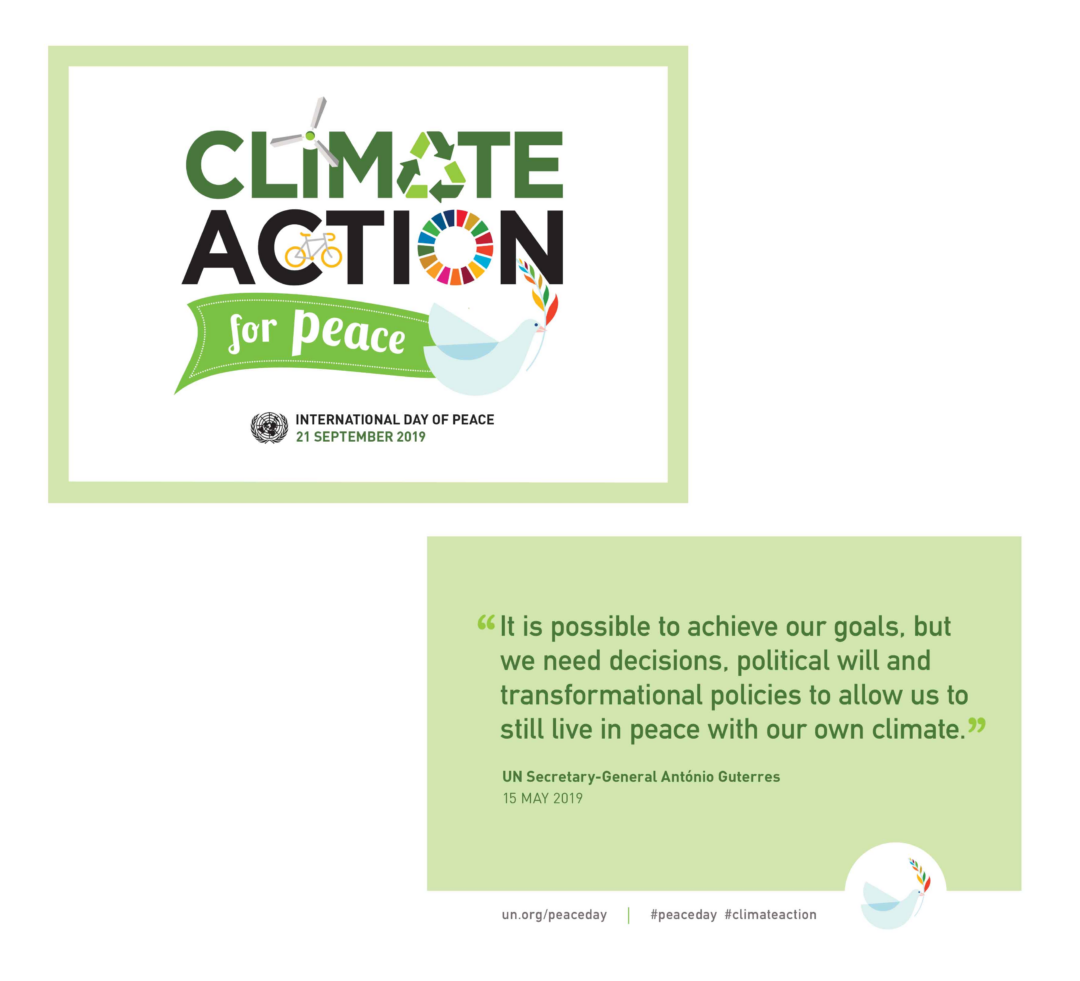Lynne M. Woehrle, PhD, is Associate Professor at UW-Milwaukee where she teaches and does research on sustainable peacebuilding from the bottom up.
Every year on September 21st the International Day of Peace (“Peace Day”) offers us an opportunity to bridge differences and look for opportunities to grow a culture of peace from local to global settings. Peace Day started in 1981 and each year peace educators, researchers and practitioners can use it to draw attention to the problem of violent conflict and the possibilities for constructive engagement.
This year marks the 20th anniversary of UN Resolution on the Programme of Action on a Culture of Peace A/RES/53/243 B . In the resolution adopted by the UN General Assembly there are sixteen ways outlined that a culture of peace can be promoted and fostered. Peace education at all levels is called for to ensure that children and youth grow up learning how to resolve disputes peacefully. Curriculum that includes education on peace, human rights, and democracy is also a stated priority. Universities are encouraged to expand efforts to include elements of a culture of peace across the curriculum. Beyond education for peace and equality the resolution includes in peacebuilding the work of addressing social inequalities (e.g., sustainable development goals), promoting human rights, gender equality and inclusion, and broad-based civil society participation.
These are important aspirations or guiding stars but what does that mean we will actually do for International Day of Peace (https://internationaldayofpeace.org/)? If you already strive to live and work in a culture of peace what does September 21st mean to you when it rolls around each year?
Supporting peacebuilding and peace education is what brings the faculty and students in WIPCS together, yet we have a variety of approaches to the details of what creates peace. According to InternationalDayofPeace.org examples of what people do includes:
*Minute of silence at 12 noon (all time zones) *Peace education events *Intercultural and interfaith dialogues *Workshops on the UN Peace Day theme *Meditation and prayer *Planting peace poles *Community gatherings *Vigils *Concerts and festivals *Soccer/football matches in the spirit of peace *Service to others *Feasts for Peace *Writing peace poetry *Yoga *Marches, parades and flag ceremonies *Public programs with government officials *Engaging youth in peace-building activities.
From: https://internationaldayofpeace.org/get-involved/
In some conflict zones there is a cease fire for the day. For war-ravaged areas it can come with much anticipation that the weapons will be silenced, if only temporarily. The organizers encourage everyone to stop for a moment of silence at noon in each time zone, thus creating what they call a “Peace Wave” around the world. International days like Peace Day call attention to the norms and behaviors we live with the other 364 days of the year and are intended to make us think about what needs to change and to practice what we have committed ourselves to teach/learn.
This year Peace Day coincides with the Global Climate Action Days. On September 20, 2019, is the Climate Strike. On Peace Day the theme is bringing awareness to climate issues and how the sustainable development goal #13 “Climate Action” is related to peace. This connection is important in two ways. First, the impact of climate change on communities is very stressful. It can lead to displacement and loss of adequate resources. Such periods of strain make communities vulnerable to conflict. Second, is that a culture of peace can include in its principles a commitment to “do no harm.” Climate crisis works against strides made to develop peace culture and by pulling the focus of leaders to basic survival. Living out the do no harm to the planet and its inhabitants is more difficult with resource reductions.
On the other hand, the intersection of the lens of peace and the lens of sustainability might be just what we need to approach climate challenges in collaborative ways that support successful adaptions regardless of location, wealth, or political structure. This year makes us increasingly aware of the necessity of peace work to engage environmental issues and build sustainability into efforts for conflict transformation.
Image source: https://www.un.org/en/events/peaceday/

